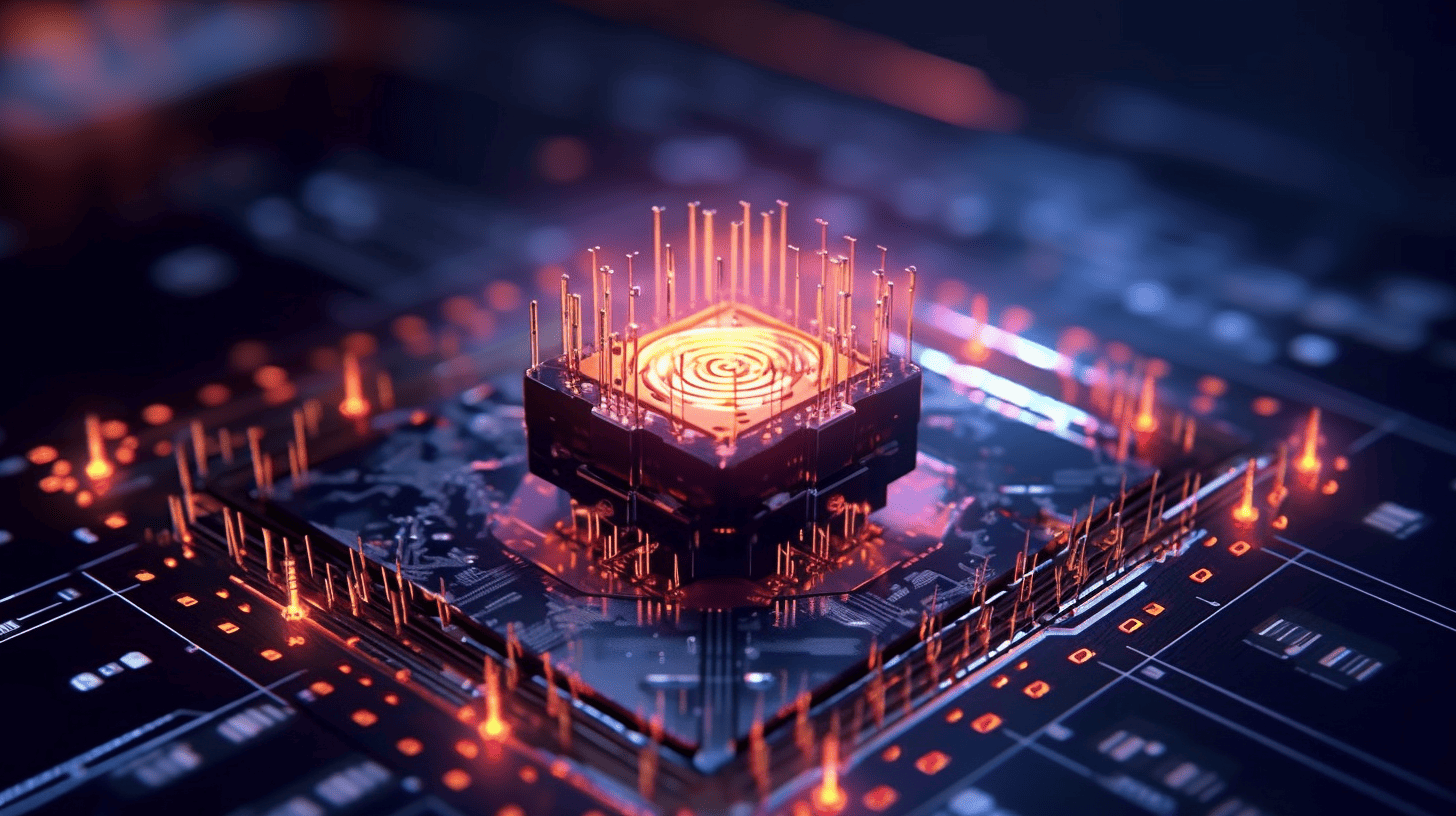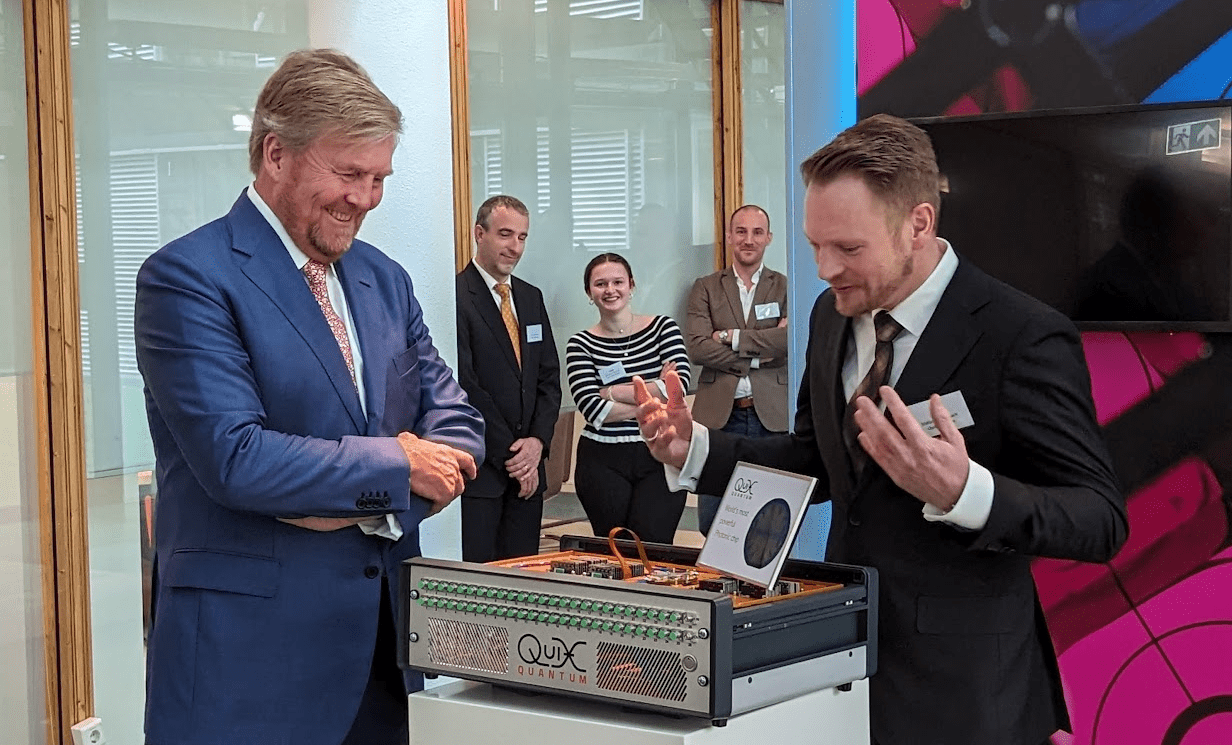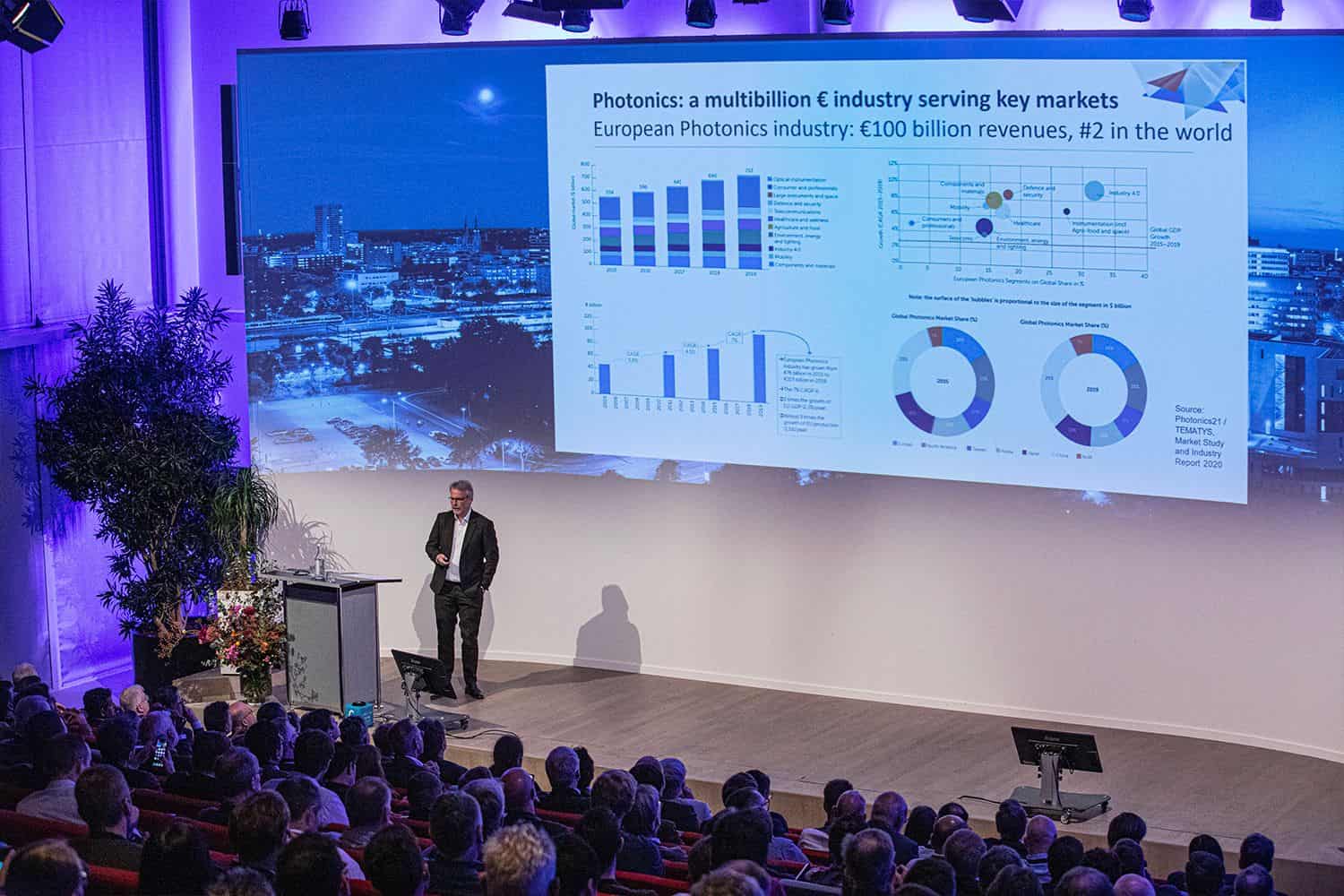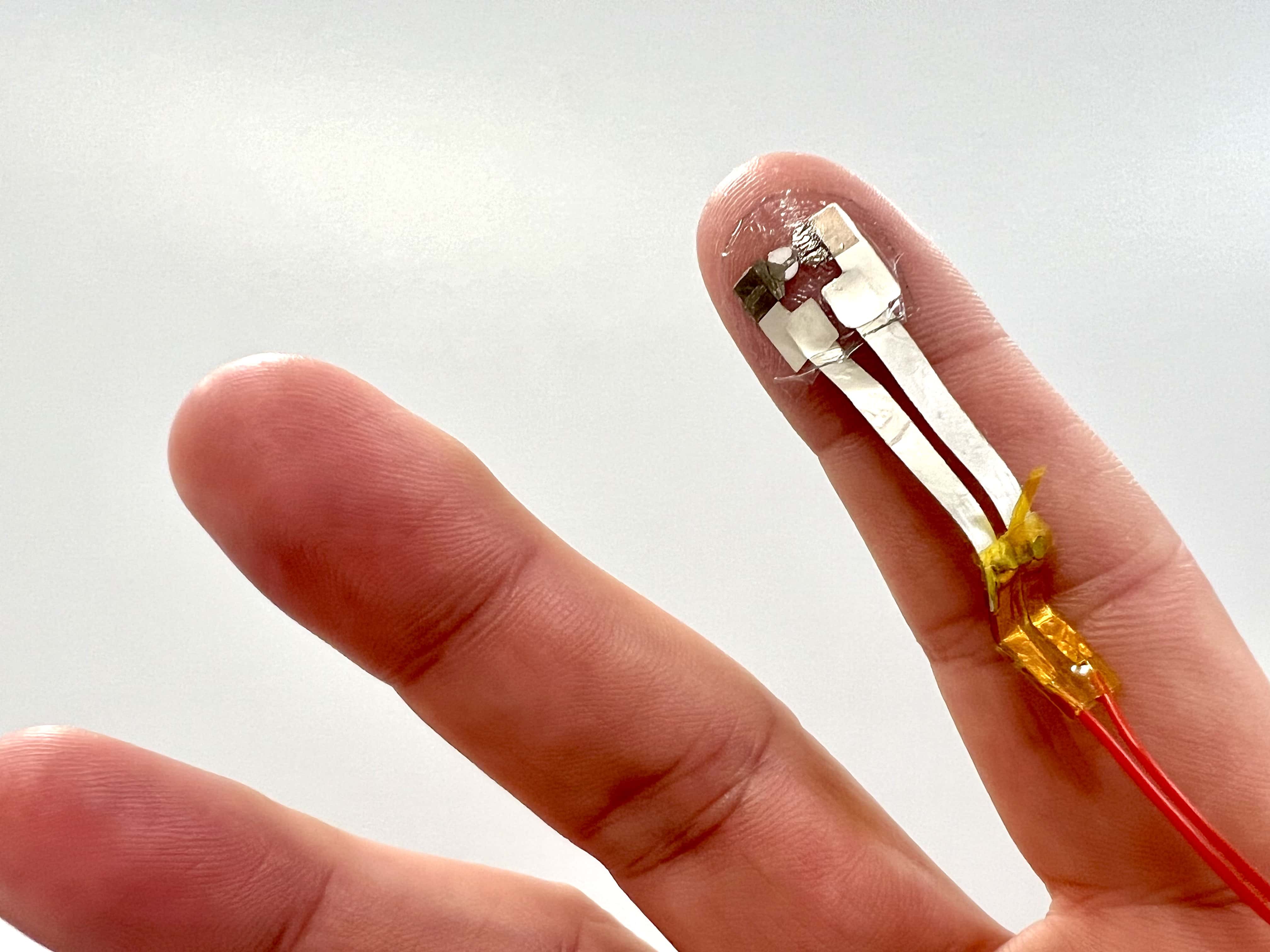
A chip designed by Politecnico di Milano incorporates a photonic accelerator that allows calculations to be carried out in a billionth of a second (0.1 nanoseconds). These photonic processors, integrated on silicon microchips only a few mm2 in size, can now be used to build photonic neural networks.
Neural networks are distributed computing structures inspired by the structure of a biological brain and aim to achieve cognitive performance comparable to that of humans but in a much shorter time. These technologies now form the basis of machine learning and artificial intelligence systems that can perceive the environment and adapt their own behavior by analyzing the effects of previous actions and working autonomously. They are used in many application areas, such as speech and image recognition and synthesis, autonomous driving and augmented reality systems, bioinformatics, genetic and molecular sequencing, and high-performance computing technologies.
Energy-intensive process
Unlike conventional computing approaches, to perform complex functions, neural networks need to be initially “trained” with a large amount of known information that the network then uses to adapt by learning from experience. Training is an extremely energy-intensive process, and as computing power increases, the neural networks’ consumption grows very rapidly, doubling every six months or so.

Photonic circuits are an up-and-coming technology for neural networks because they make it possible to build energy-efficient computing units. For years, the Politecnico di Milano has been working on developing programmable photonic processors integrated on silicon microchips only a few mm2 in size for use in the field of data transmission and processing, and now these devices are being used to build photonic neural networks.
“An artificial neuron, like a biological neuron, must perform elementary mathematical operations, such as addition and multiplication”, says Francesco Morichetti, Head of the Photonic Devices Lab of the Politecnico di Milano. “But in a neural network consisting of many densely interconnected neurons, the energy cost of these operations grows exponentially and quickly becomes prohibitive. Our chip incorporates a photonic accelerator that allows calculations to be carried out very quickly and efficiently using a programmable grid of silicon interferometers. The calculation time is equal to the transit time of light in a chip a few millimeters in size, so we are talking about less than a billionth of a second.”
Powerful calculator
“The advantages of photonic neural networks have long been known, but one of the missing pieces to fully exploit their potential was network training”, adds Andrea Melloni, Director of Polifab, the Politecnico di Milano micro and nanotechnology center. “It is like having a powerful calculator but not knowing how to use it. In this study, we implemented training strategies for photonic neurons similar to those used for conventional neural networks. The photonic ‘brain’ learns quickly and accurately and can achieve precision comparable to that of a conventional neural network, but faster and with considerable energy savings. These are all building blocks for artificial intelligence and quantum applications.”

In addition to applications in the field of neural networks, this device can be used as a computing unit for multiple applications where high computational efficiency is required, e.g., for graphics accelerators, mathematical coprocessors, data mining, cryptography, and quantum computers.
The Politecnico di Milano is working on this research with the Photonic Devices Lab and with Polifab, the university’s micro and nanotechnology center.








